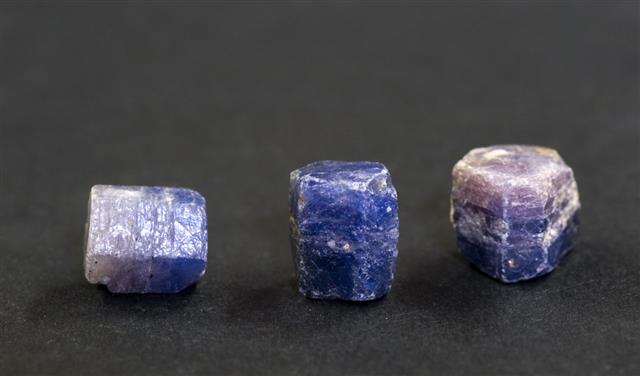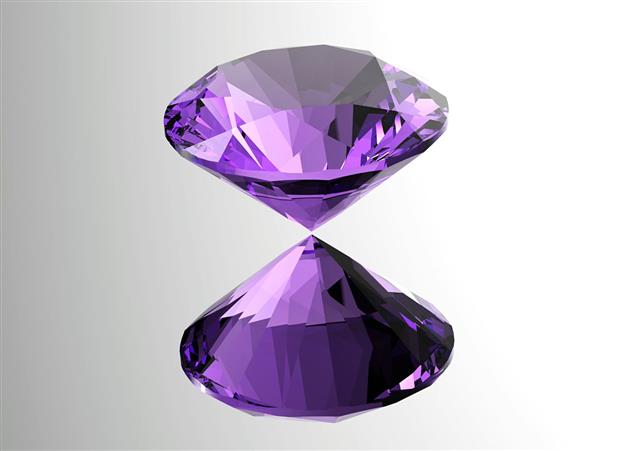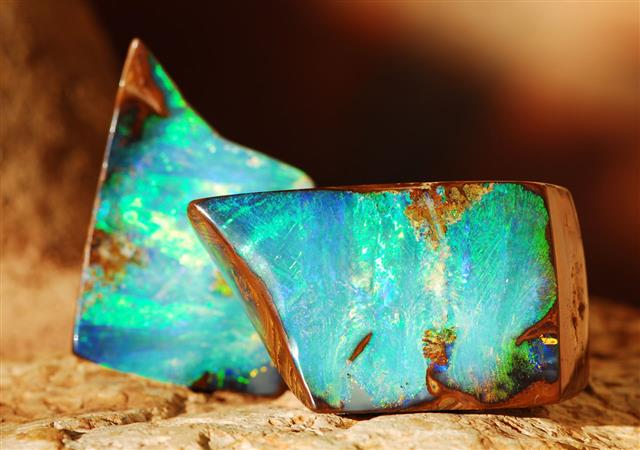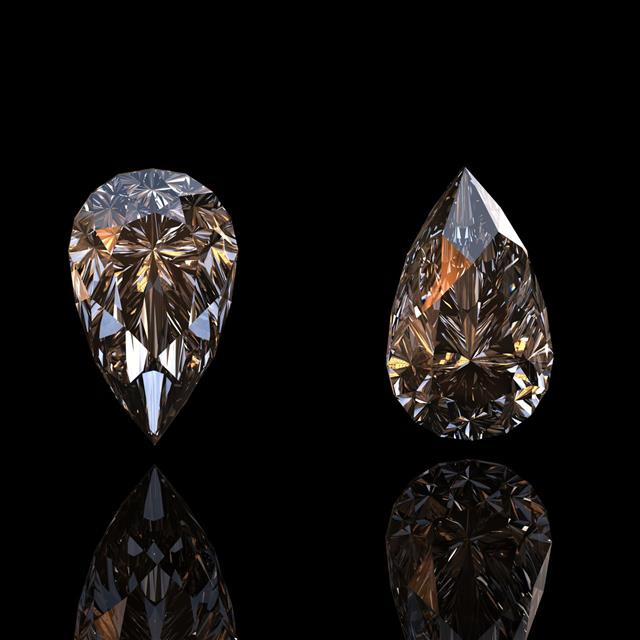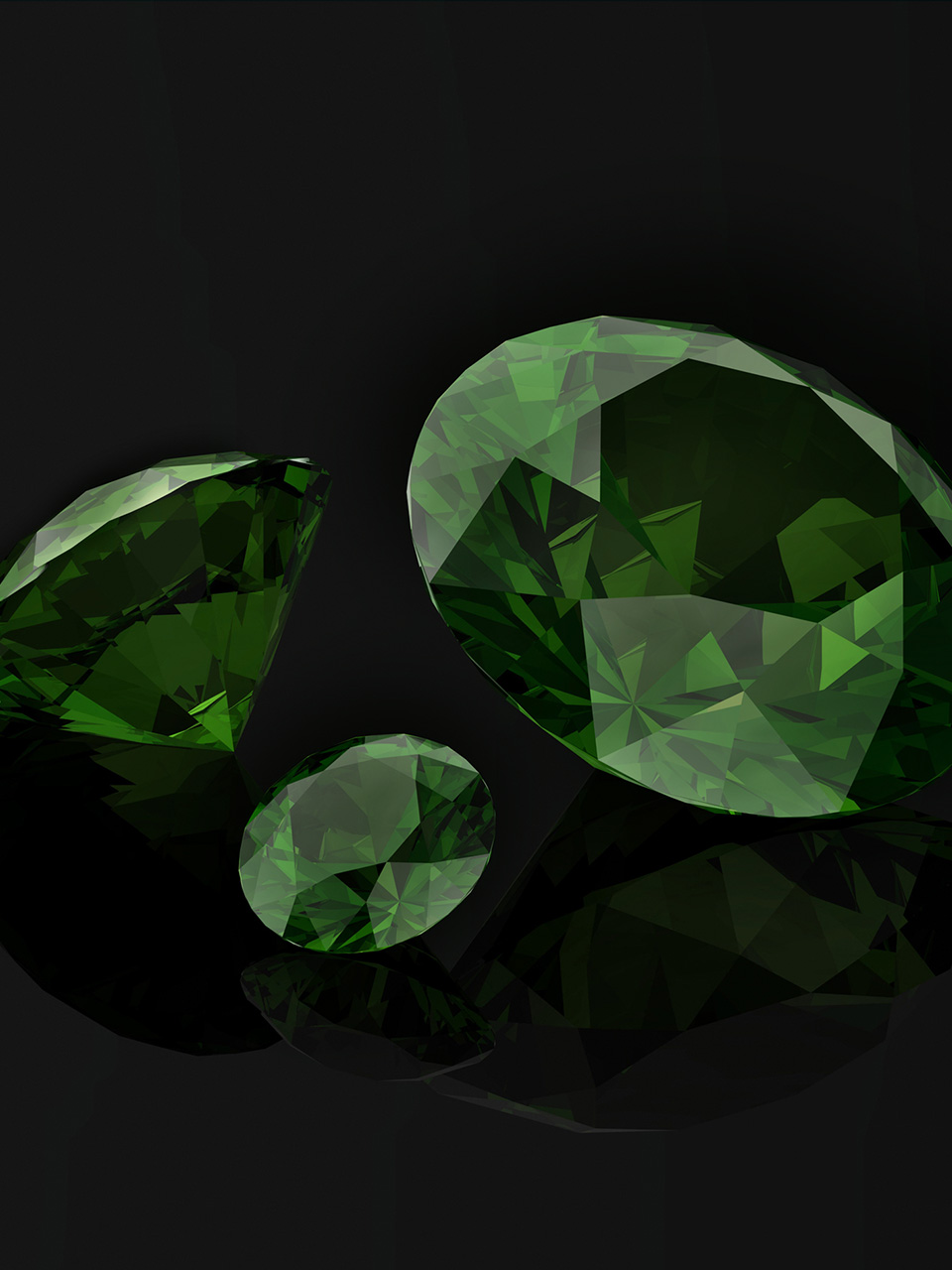
Tap to Read ➤
Semi-Precious Stones
Sonal Panse


Previously there was a rigid distinction between precious and semi-precious stones by market appeal mainly, but this no longer applies. The characteristics of semi-precious stones are unique and this is what distinguishes them from each other.
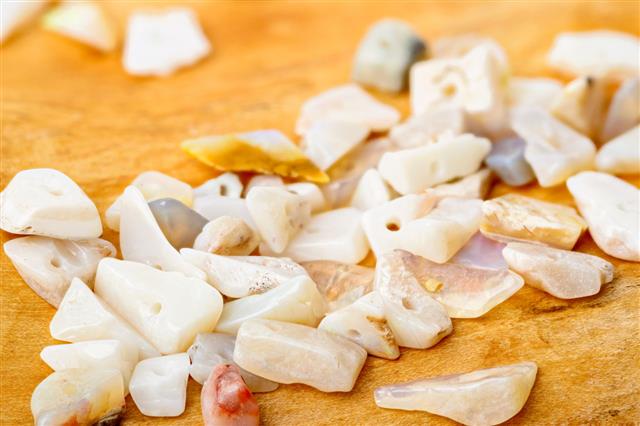
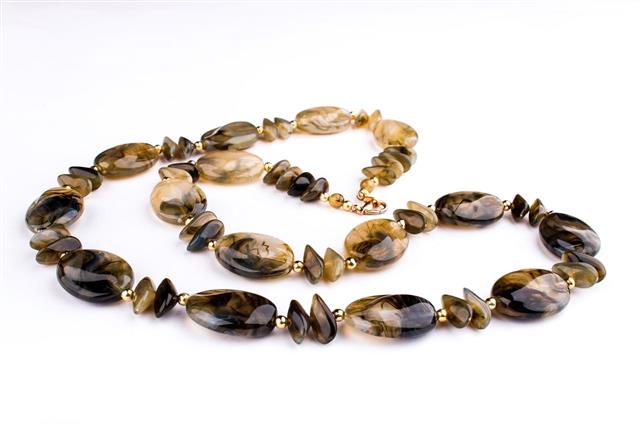

Semi-precious stones are also called gemstones, have been prized over the centuries for decorative purposes, in jewelry and for their perceived medicinal value and as lucky charms. They are also valued for their rarity and beauty.Gemstones are often derived from organic material like rocks and stones, but are also derived from plants and animals.
Characteristics of Naturally Occurring Gemstones

- They are usually hard and durable.

- They can at the same time be brittle, with weak planes.
- They can be cut and polished.
- They can be transparent and opaque.

Difference Between Natural, Imitation, and Synthetic Stones
It takes some skill and specialist knowledge to differentiate genuine stones from synthetic gems and artificial gems. If there are swirly patterns or gas bubbles in the gem, then you're probably looking at an imitation gem.

With synthetic gems, the identification process is harder as synthetic gems have the same chemical and structural properties as genuine stones, and if there are any manufacturing flaws present, you really need to know what to look for.

To test and identify them, gem experts or gemologists observe the way the light passes through the gem using special testing equipment. The scratching and streaking tests usually used to identity minerals are not used in testing semi-precious stones - you could end up ruining the stones.

Value of Semi-Precious Stones

Previously, there was a rigid distinction between precious and semi-precious stones by market appeal, but this no longer applies. All kinds of gems are used in making jewelry and decoration of other items these days. Still, precious gems like diamonds, rubies, sapphires and emeralds hold a considerable psychological sway. A value of a stone depends upon:
Rarity

The rarer the stone is, the more its value. For example, gems like Amethyst and Citrine are extremely rare in nature and hence of great value.
Hardness

Jade for example is very hard, and as it is not prone to breaking easily, it is extremely suitable for carving.

Emeralds and diamonds on the other hand have to be cut with extreme care and caution, as emeralds are brittle and diamonds can have weak planes.
Color

The color of a semi-precious stone depends on the way white light passes through it. White light is made up of many different colors of different wavelengths, and as it passes through a gemstone.

Generally some of these differing color wavelengths are blocked by trace impurities or structure irregularities in the stone or by certain compositional elements that make up the mineral. The color wavelengths that get through are the ones that give the stone its distinctive color/colors.

If the white light is filtered through regularly spaced interferences, the crystal displays an iridescence, as in opals. If the color wavelengths separate and disperse when passing through the crystal, you can see glints of different colors, something seen in a diamond.

If the color wavelengths are filtered differently through different crystal axes, you get an effect called pleochroism, where the color will change in intensity according to the angle from which you are viewing the stone.

Special Effects
Color or appearance variations caused by impurities and inclusions, like cat's eye and star effects can also increase or decrease a gemstone's value.

Cutting Stones
Old Cutting Methods

Originally, semi-precious stones were simply decorated with the name inscriptions of their owners.

Later it became fashionable to polish the cleavage planes and crystal faces of the gemstones. This was followed by a cutting style called Cabochon, where the gems were cut into oval and circular shapes with a dome-like surface.
New Cutting Methods

The facet cut method was developed circa 15th century. Cabochon cuts are mainly done on opaque semi-precious stones.
